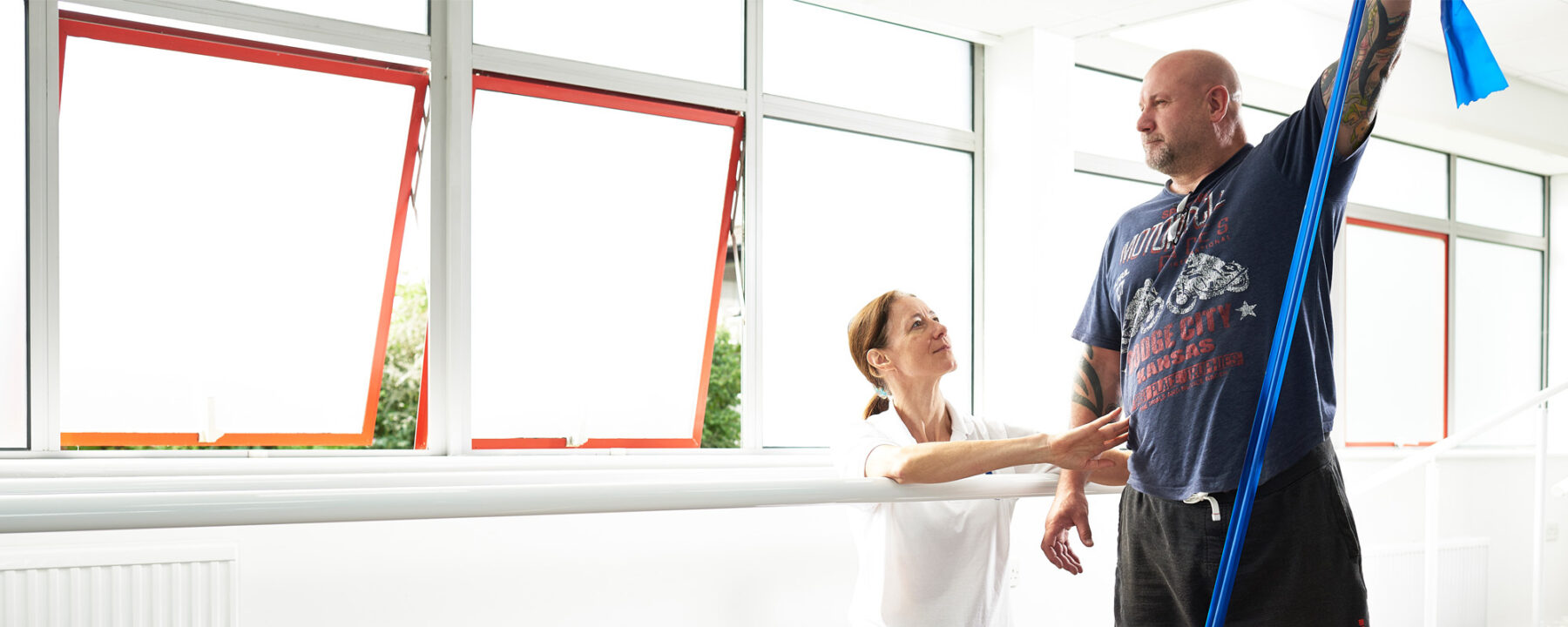
Physio Facts - How to Maintain Good Posture
One of the biggest complaints people with an amputation have is that they can’t just get up and do what they want to do as easily anymore. Particularly in the early stages after surgery, patients spend a lot of their day sitting down – either in their wheelchair to get around or on a squidgy sofa in an attempt to get comfortable! Even if you are further along in your journey and you walk with a prosthesis, unfortunately there will be times for every amputee where you rely on your wheelchair. This blog is going to discuss the ways in which you can avoid becoming ‘chair shaped’ and why it is so important to do so.
The most important thing you can do to keep all your muscles nice and limber is stretch! If you picture the position you’re in while you sit in a chair, your knees and hips are bent and you’re most likely slumped so your shoulders will be rounded and your lower back pushed out – I wonder how many people just checked all these things off while you read it! This position shortens the muscles at the back of your thigh and the front of your pelvis, which if we don’t stretch out can stop you being able to fully stand up, straighten your knee or stretch your leg back behind you. If you think about the walking process, to take a step and clear the floor, all of these things are needed, as you can see in the photo – the knee is extended and the hip is pushed back. If these problems are left unaddressed you are likely to compensate, which can lead to other musculoskeletal issues. A really easy way of stretching all the muscles at the front is to simply lie on your front for 15 minutes every day. This position stretches all those muscles out that are scrunched up by sitting in a chair!
Alongside stretching it is really important to keep all your muscles firing! Sitting down in a chair uses far less muscles than standing up or walking and they will quickly weaken if you don’t use them. Muscles work in pairs, therefore if one is tight, the other one will get weak because it is lengthened. So to try and prevent weakness and increased risk of injury'
Standing practice is another good way to prevent everything tightening up. Whether you are using a prosthesis or not, standing up and stretching out is an invaluable exercise to practice. Not only does it help to lengthen all the muscles, it also helps to strengthen your remaining leg by loading it. A lot of our patients find standing up for any length of time quite difficult, whether that be due to pain or weakness, so if this is you, try and set yourself a target! For example, day 1: stand supported for 20 seconds. Once that time test has become too easy, gradually increase it day by day. The key is to make sure your stood as tall as you can – head up, shoulders back, hips forward and knees straight!
If you feel like you are already on your way to becoming ‘chair shaped’, don’t worry, we can still work with you! If muscles have been tight for a while it can start to make joints stiffen up and become painful. During residential rehabilitation we use lots of hands on treatments that can help with this and sometimes you need a helping hand with your stretches too. During the assessment at the beginning of the week we establish what muscles are tight and put together an individualised treatment plan to help you.
